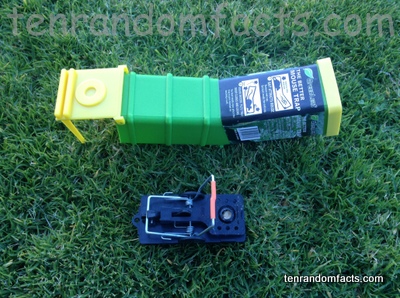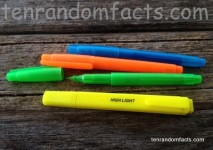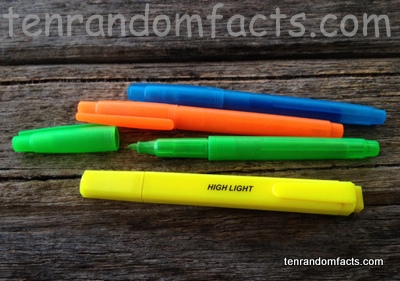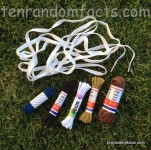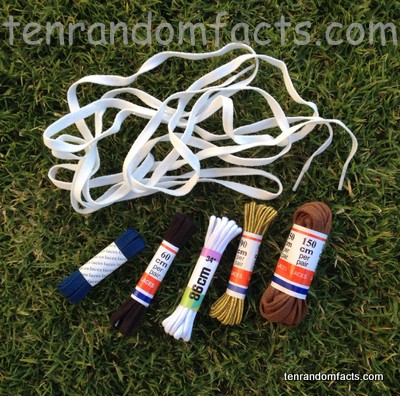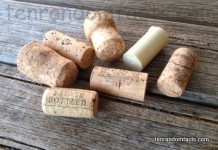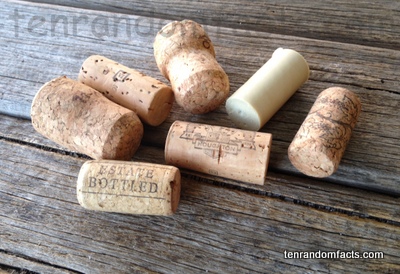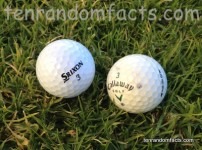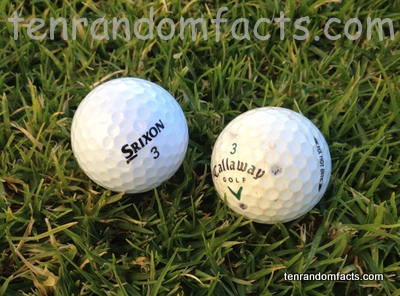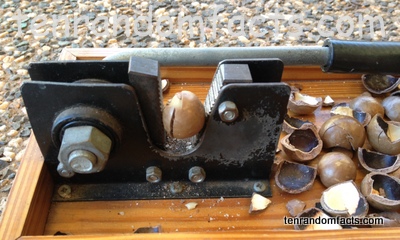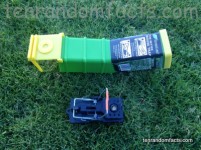
Snap goes the mousetrap.
- Mousetraps, also known as ‘mouse traps’, are devices typically used to catch, and sometimes kill mice.
- Mousetraps are generally placed inside human shelters to remove mice that cause a nuisance, often by eating human food supplies.
- The classic mousetrap is typically rectangular, and catches mice by using a weight trigger and spring mechanism to set off a crushing bar.
- The first deadly mousetrap said to be patented, was invented by New York resident American James Keep in 1879, although previous traps for mice existed, and earlier patents included traps that were not fatal.
- The traditional spring triggered mousetraps were first patented by American William Hooker in 1894, and later in Britain in 1898 by James Atkinson, and John Mast from the United States improved Hooker’s invention in 1899, by making the trap safer to set.
- Mousetrap bait options include cheese, peanut butter, bread, chocolate, oats or meat.
- In addition to spring loaded traps, other mousetraps include devices that electrocute, drown or glue, although the latter generally are illegal under the animal cruelty act in some areas due to the slow death of the mouse.
- There are a number of mousetraps that do not kill the mouse, often in the form of a cage, and simple ones can be made from household supplies.
- Mousetraps are typically made of plastic, metal and/or wood, depending on the style of trap, and some are designed for single use, so that they can be easily disposed of with the mouse.
- Disposal of a mouse caught in a non-fatal mousetrap can be tricky, especially if there is a desire to keep the mouse alive, as they have a natural instinct to return to their original dwelling, and are easily preyed upon in natural environments.
Bibliography:
Mouse Trap, 2014, Wikipedia, http://en.wikipedia.org/wiki/Mousetrap
Mouse Trap Exhibition, n.d, Dorking Museum and Heritage Centre, http://www.dorkingmuseum.org.uk/mousetrap-exhibition/




